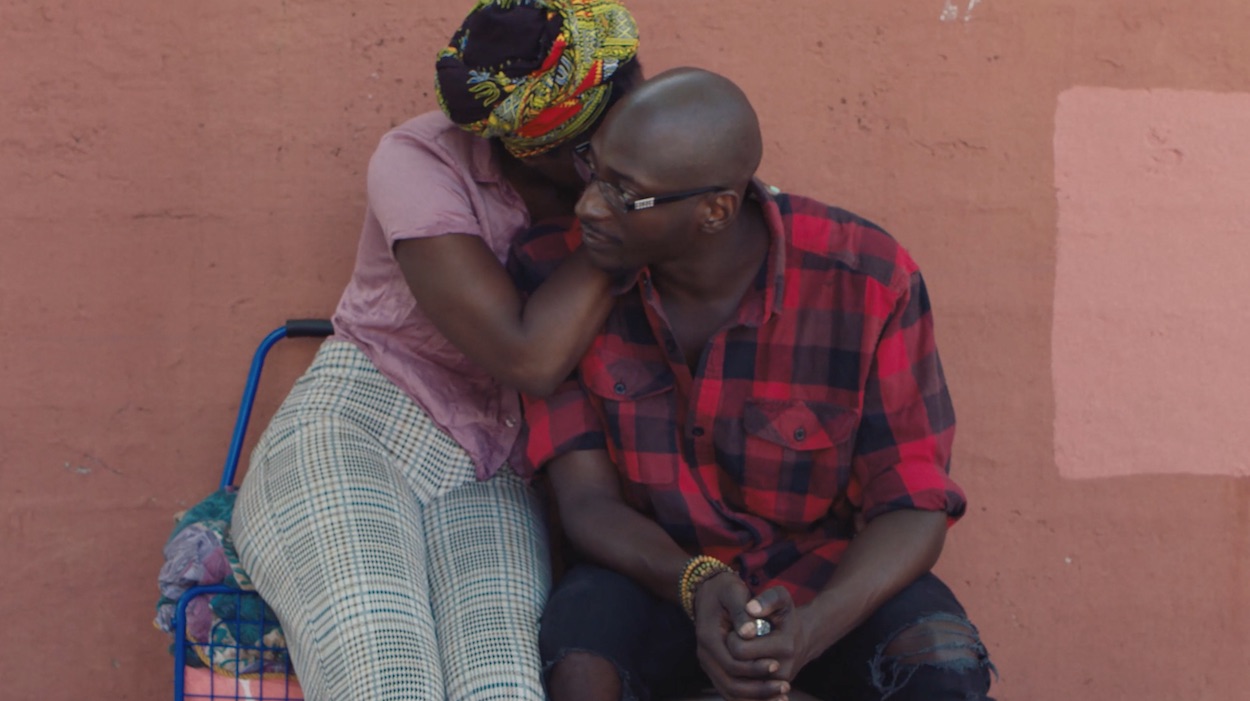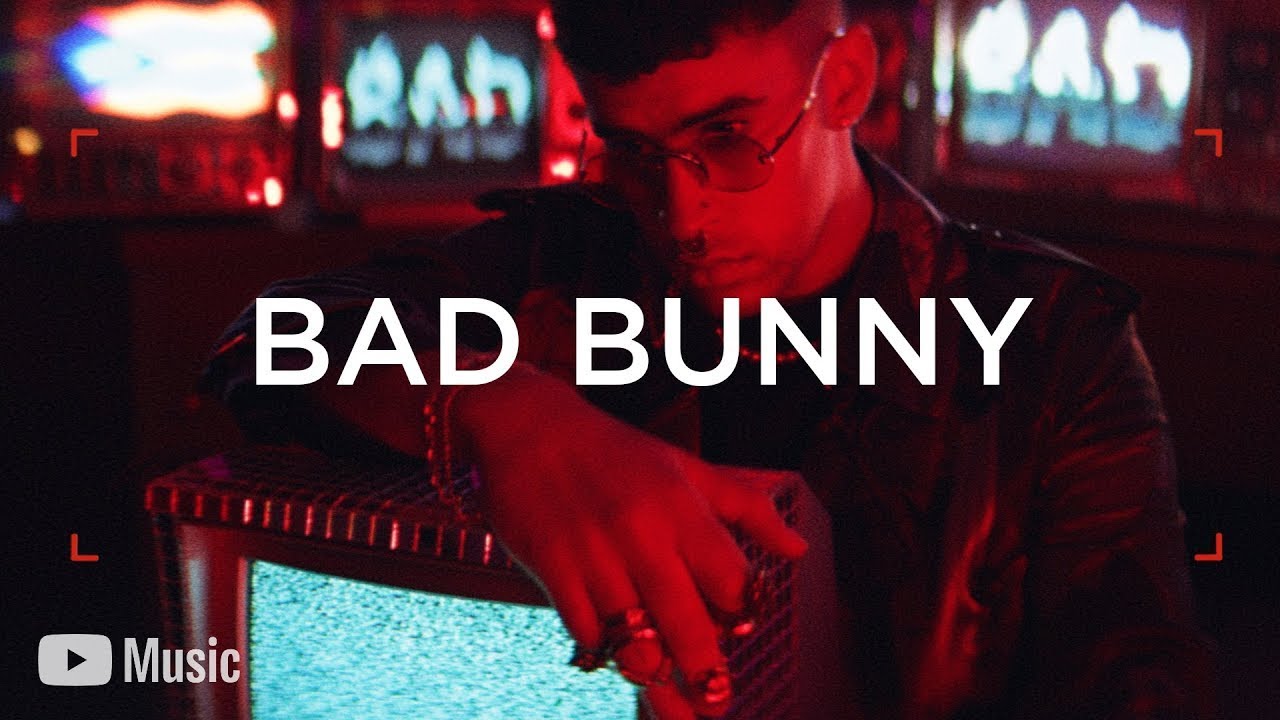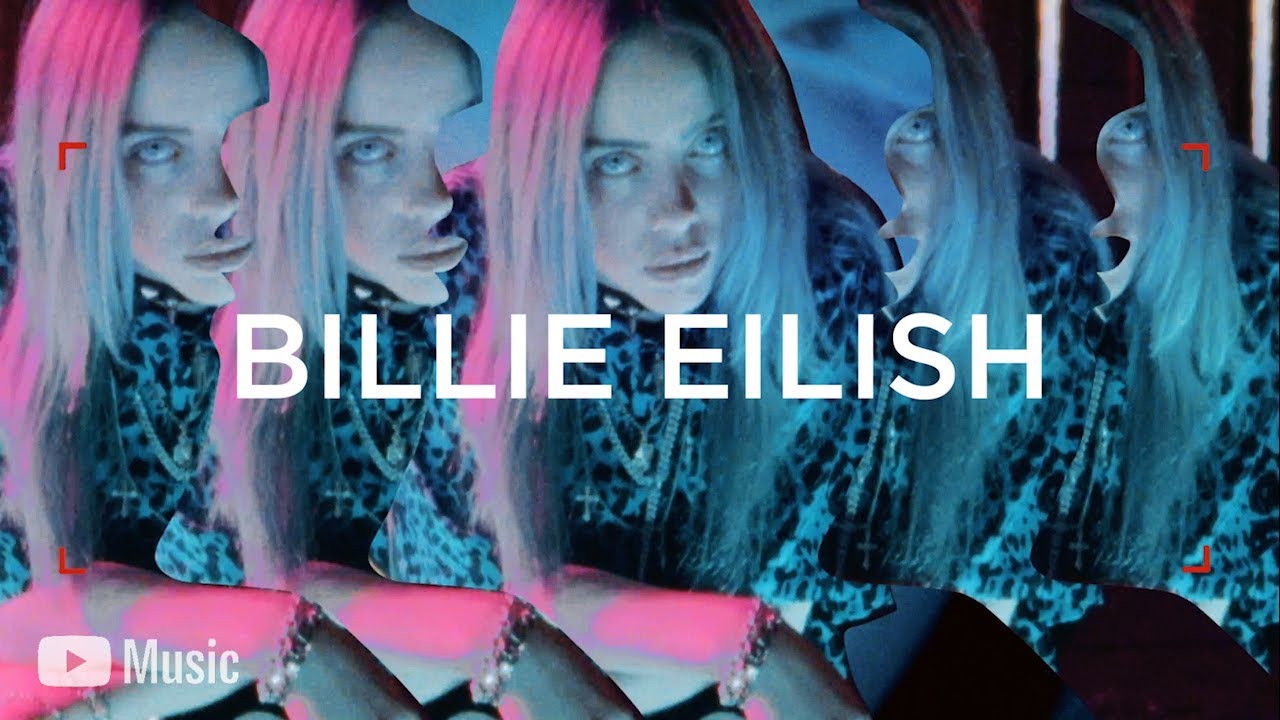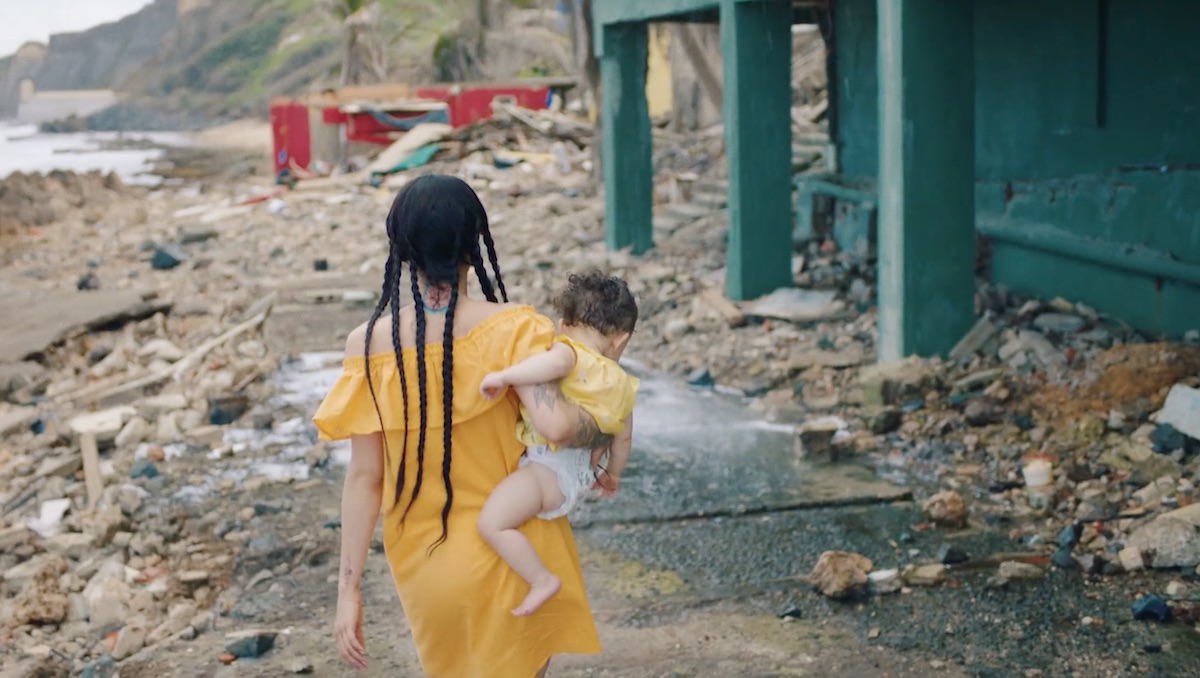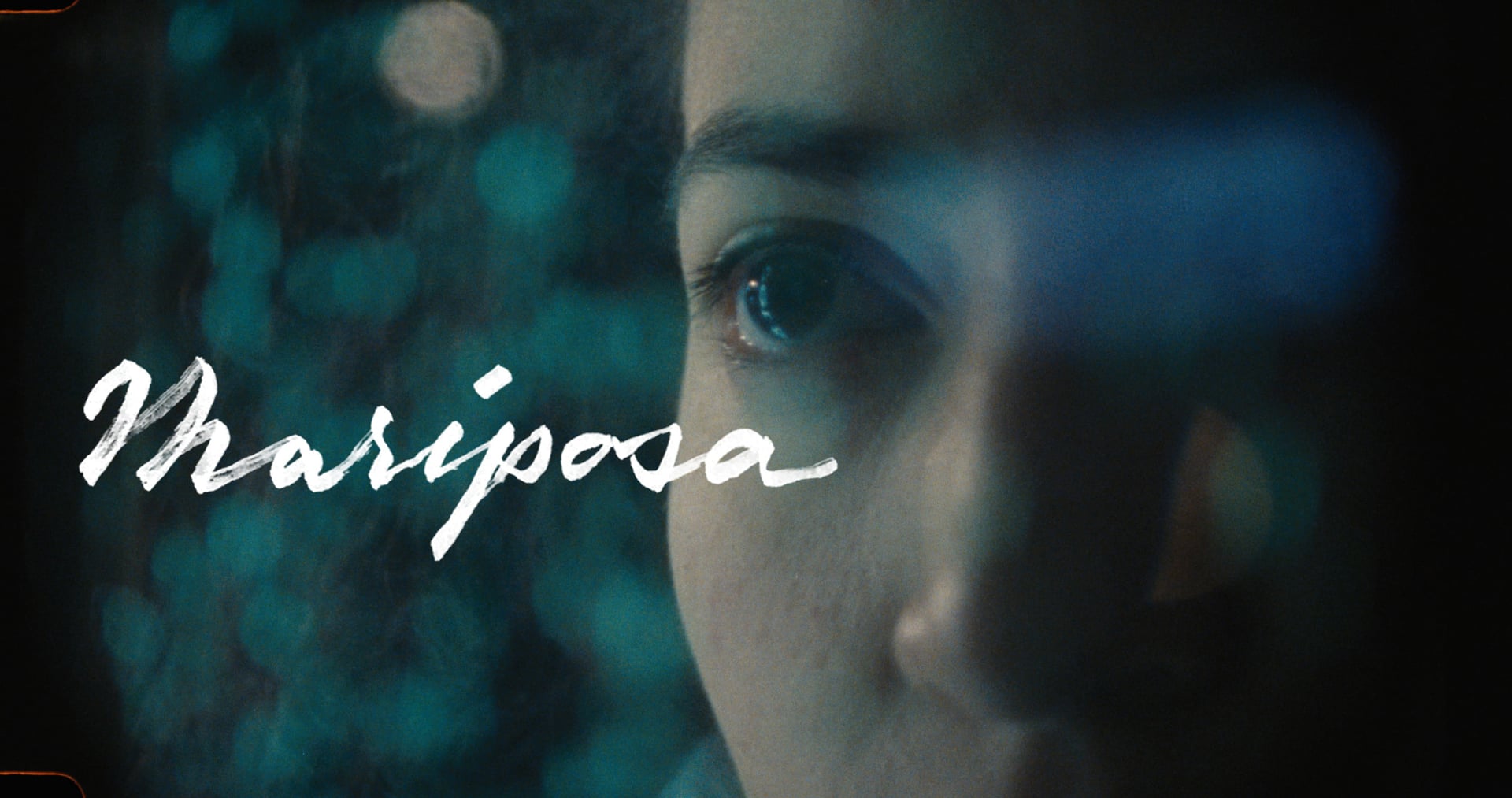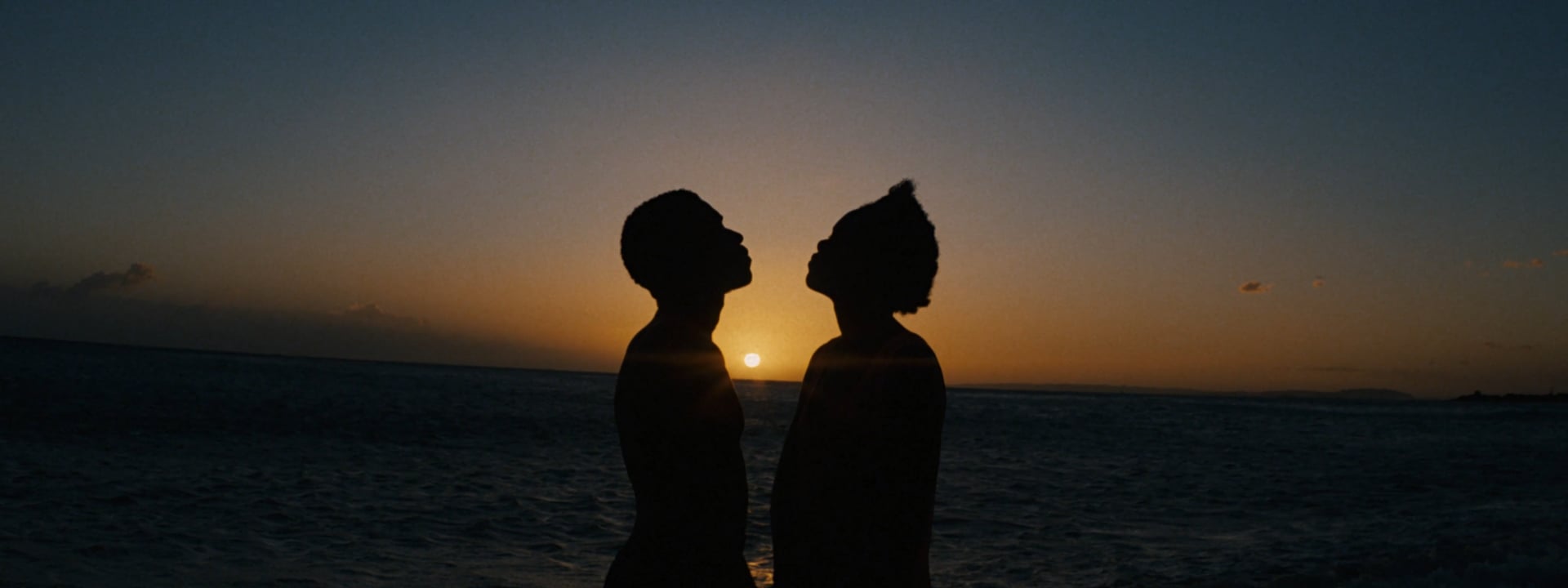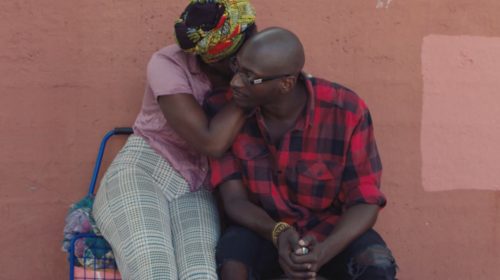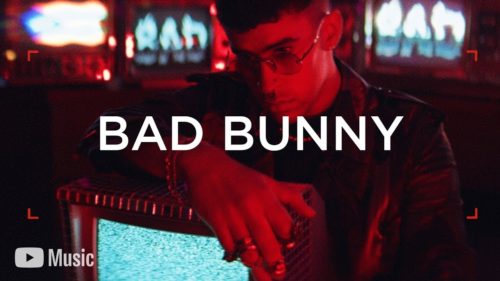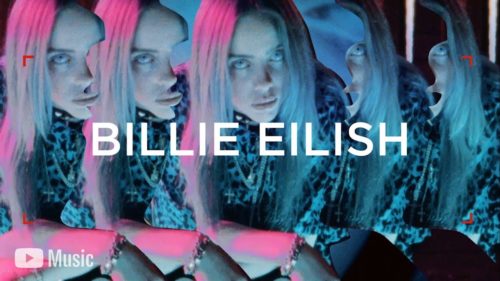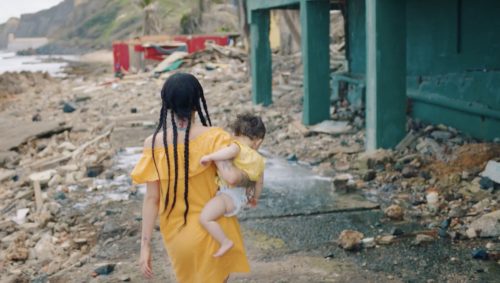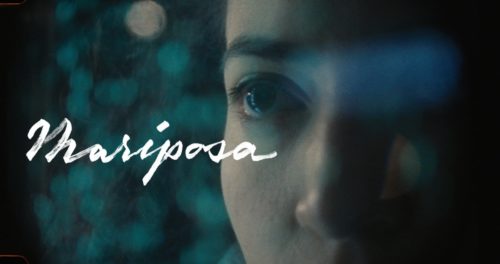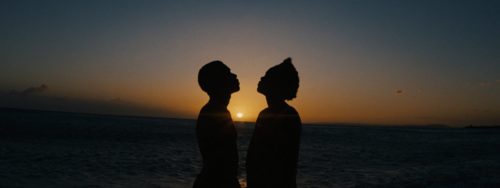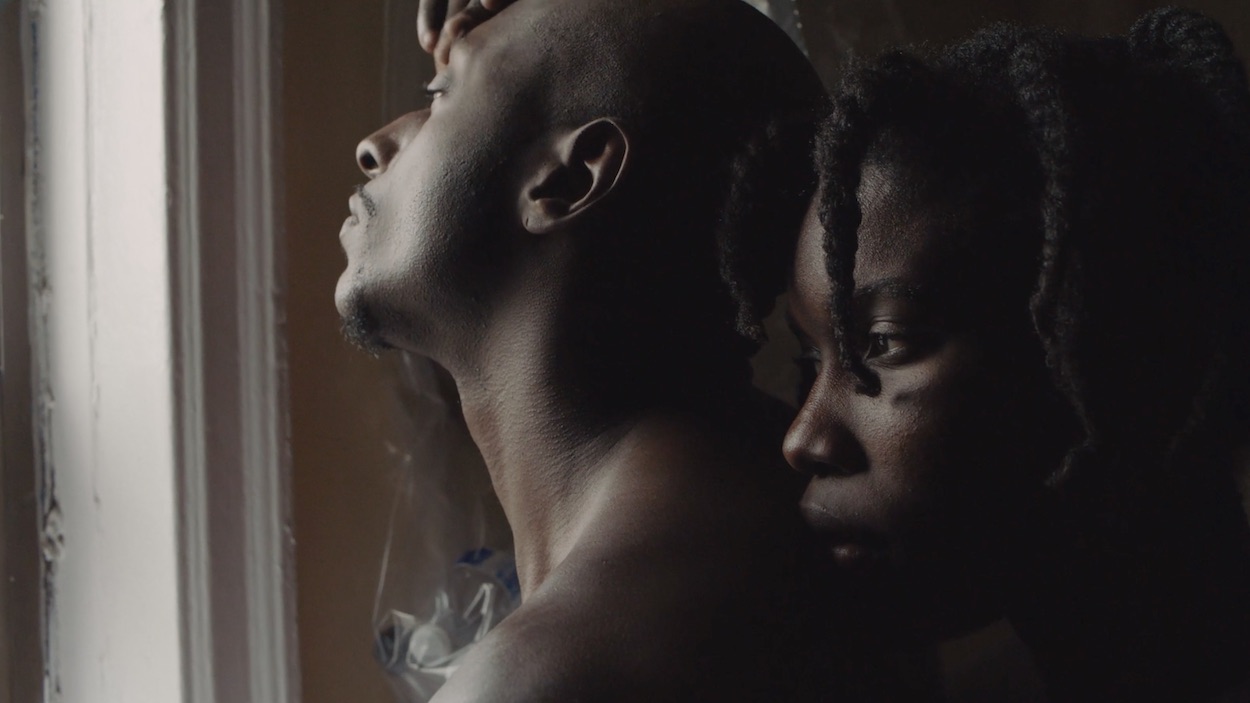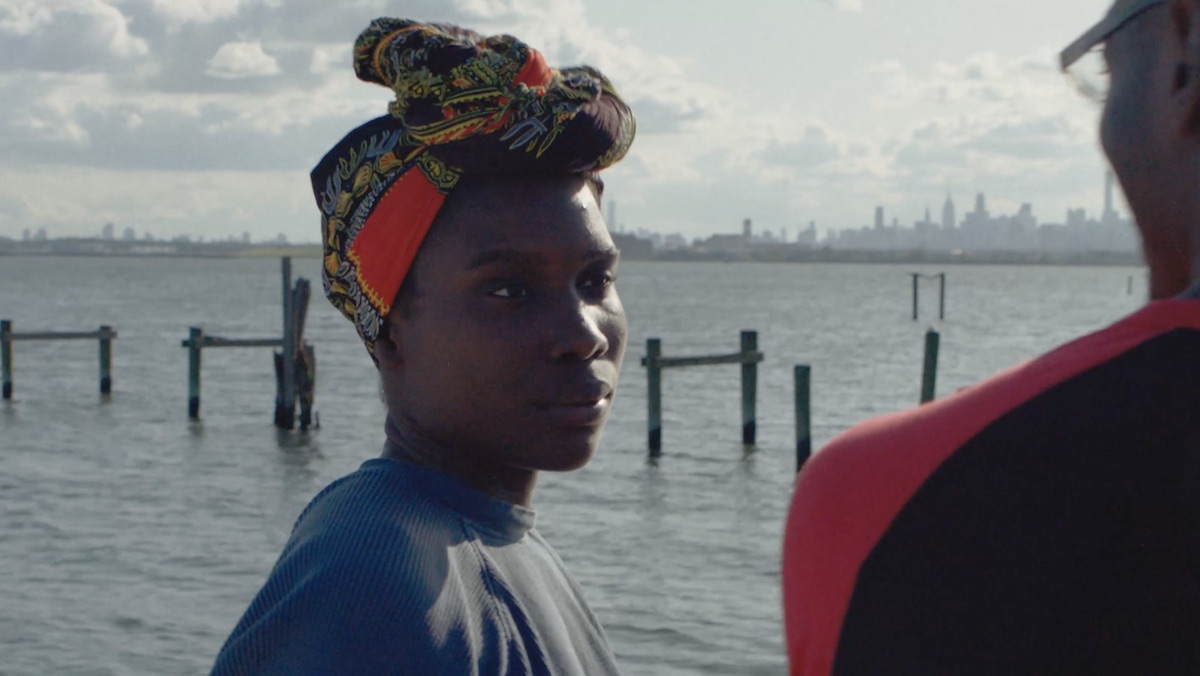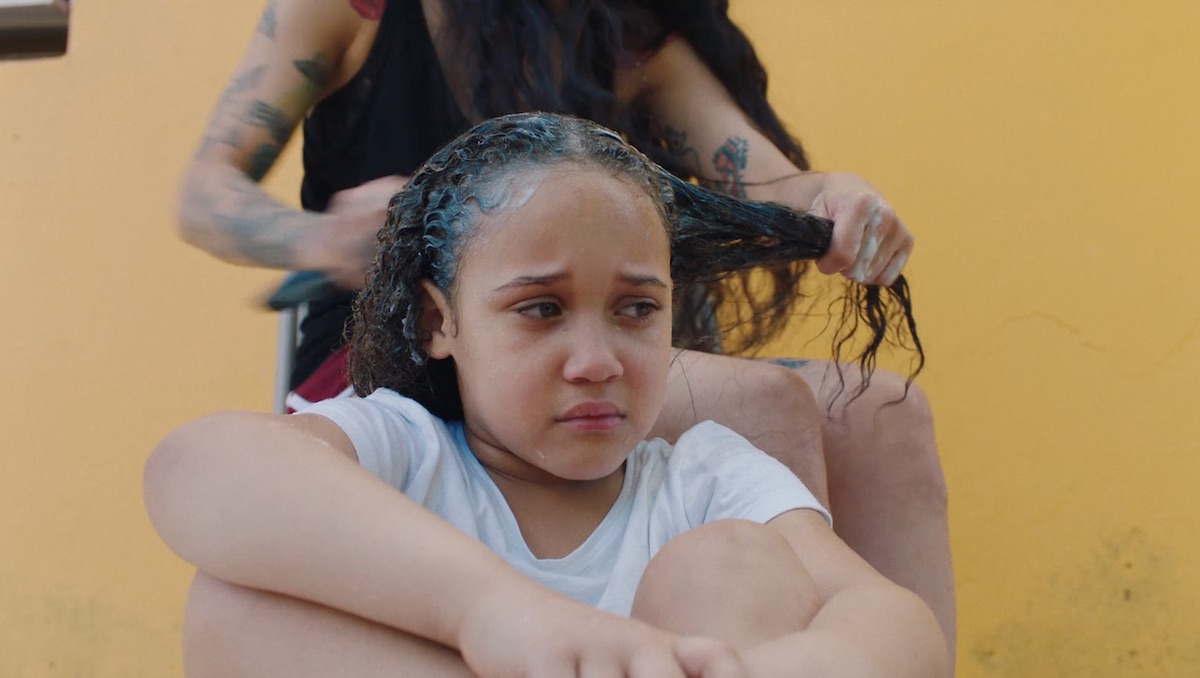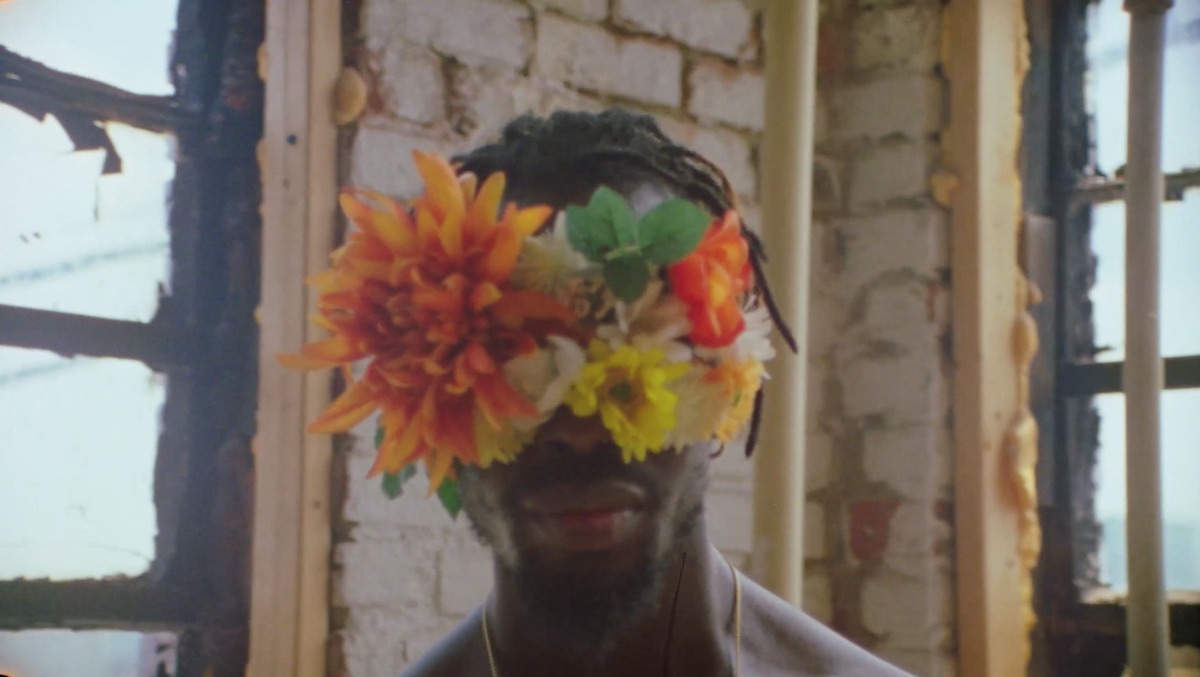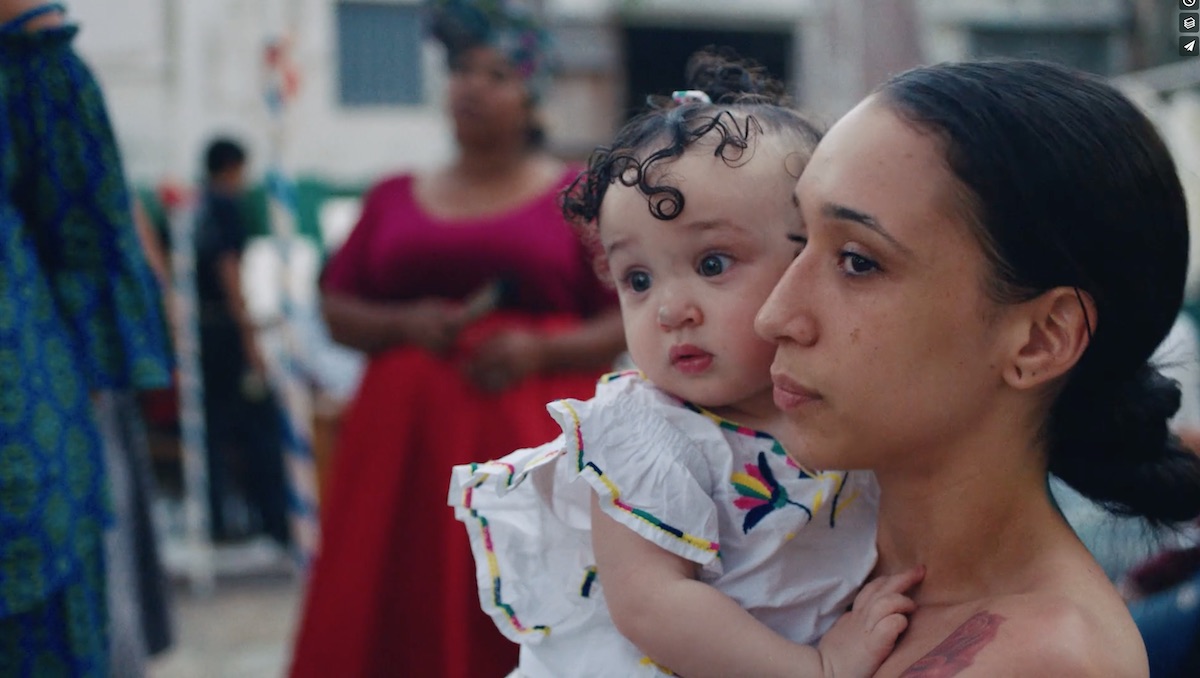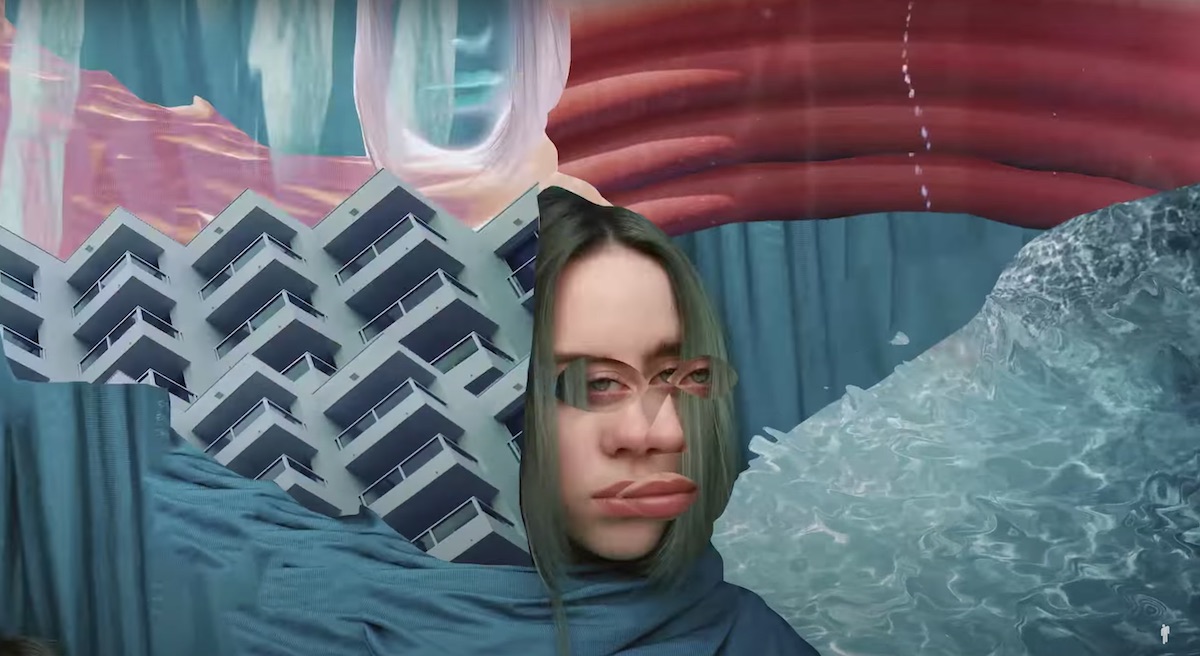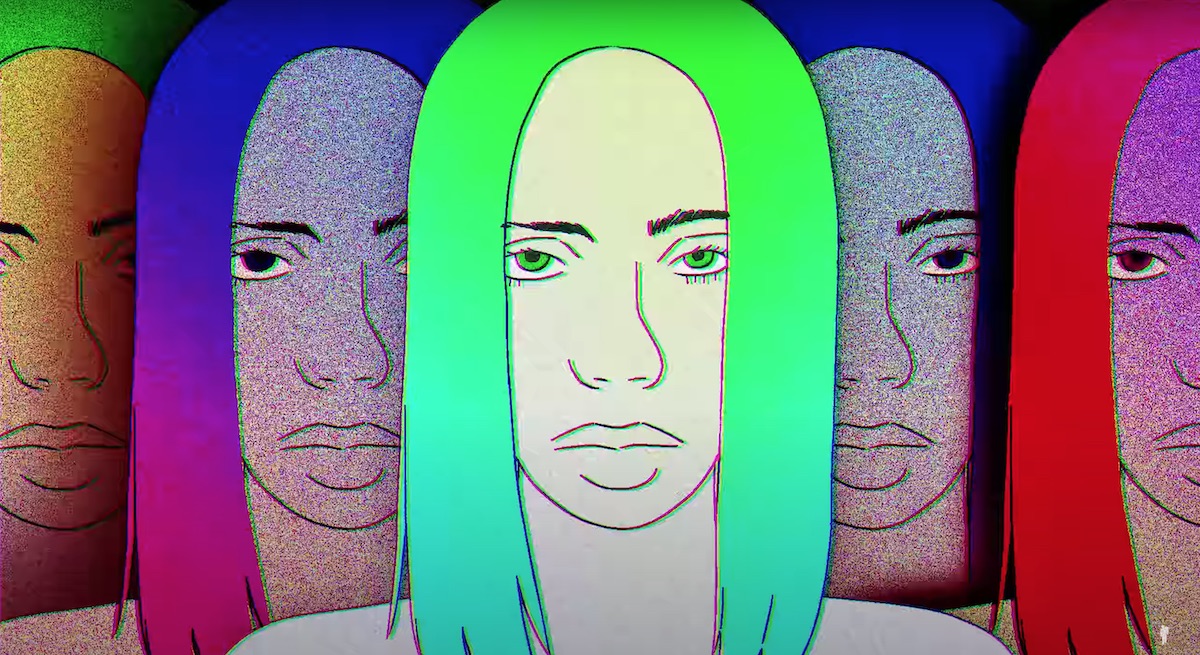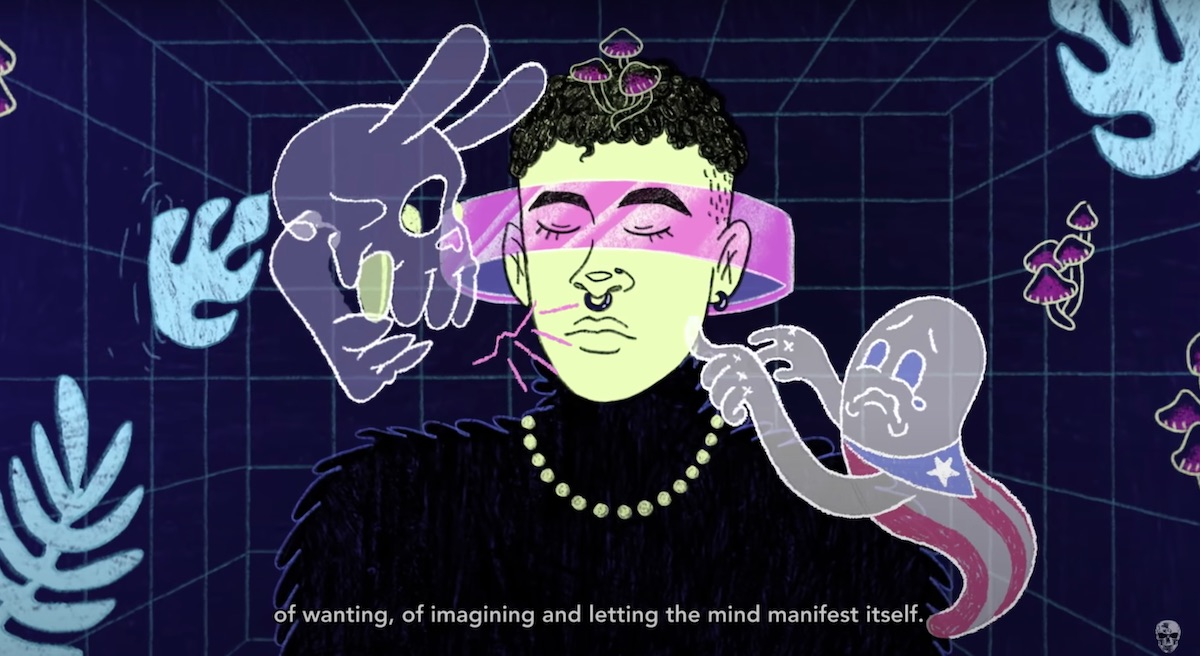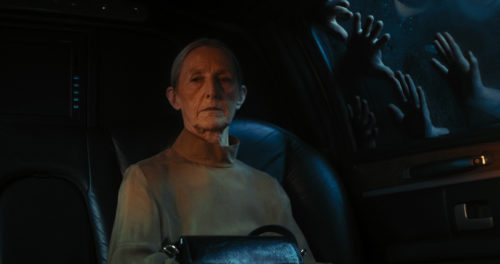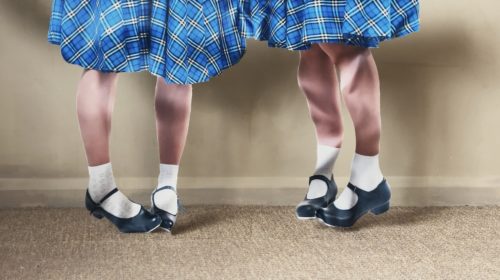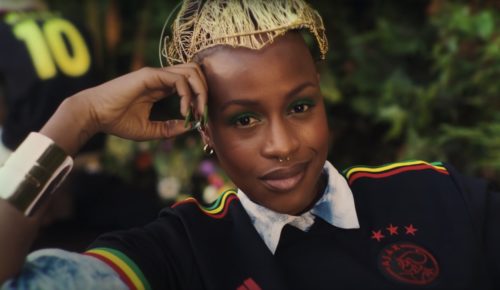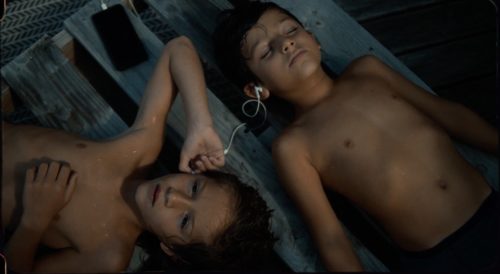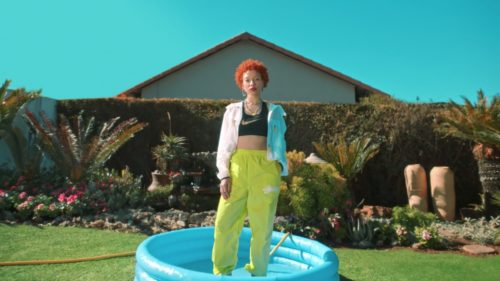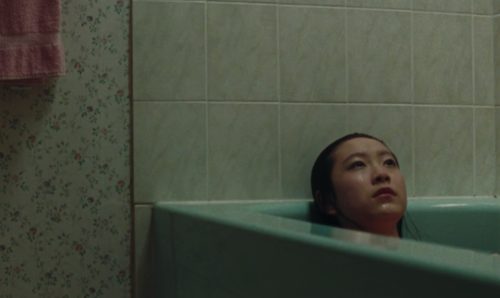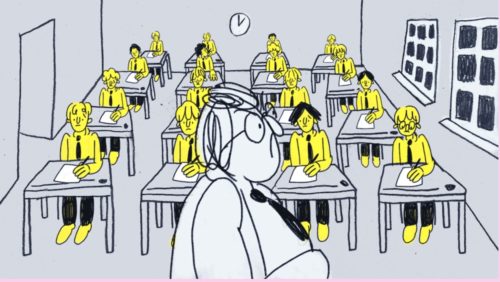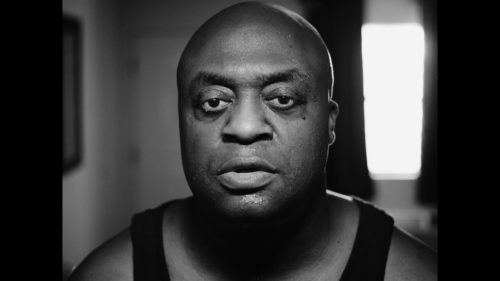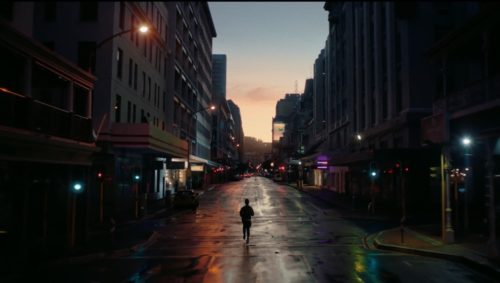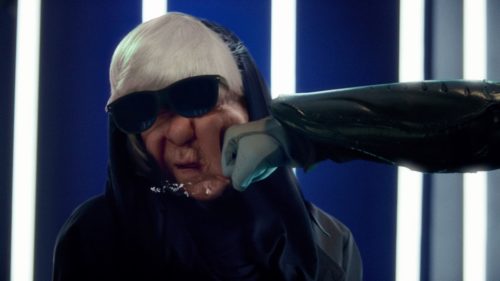Black Pumas Colors
Tell us a bit about your upbringing, including your time in Puerto Rico. Were you interested in film from a young age?
I grew up in NYC Spanish Harlem and Puerto Rico, back and forth. It was great in that I experienced urban and rural life growing up. Later in life, that kind of allowed me to appreciate both in different ways. What matters on a farm isn’t the same as what matters to someone growing up in the city. The streets of Spanish Harlem in the 90s were just a different landscape to the open, peaceful nature of Puerto Rico Arroyo. Arroyo is a super-rural small part of Puerto Rico, I didn’t realize how different the way I grew up was till I went there with people outside of Puerto Rico, and seeing it through their eyes showed me how special it was.
Film was a huge part of our lives growing up. My family always valued and cared about film a lot, as it was always an event to go to the movies, and it was the thing we did most together as a family. Even in the darkness of having a complicated upbringing, movies united us in a way that few things could. Growing up in 90s Spanish Harlem, with surging gang violence, sometimes going to school was like, ‘Do I learn today or am I getting into a fight?’ That was just the reality of it, and the escapism of movies really helped create a space for me to feel safe. In Puerto Rico, my uncle was the bootleg movie king, he was the family film expert, and he would host movie nights in Arroyo. It was the best thing ever, ‘cause my family everyone would gather and we would marathon three genre films back to back. I owe my uncle a lot.
Black Pumas Colors
Having started out as a designer, how did you end up segueing into directing?
I did start as a designer and art director. It’s a weird story, but I snuck my way into motion graphics. After I got out of college I lived in Puerto Rico for a year, and it was a rough year economically. I was thinking, yeah, I’ll go back to my roots and build my life in PR, but I didn’t make any money. I did work with Telemundo for a bit, but it wasn’t enough to make a living. I eventually moved back to my mom’s place and ended up finding a Craigslist ad for fashion designers, and took the gig. It was really lame and exhausting, and didn’t feel like a good fit, and eventually a friend told me about this big motion graphics kind of spot, that turned out to be a top shop. They were in desperate need and I kind of snuck in, but I have to admit looking back at it, it was a culture shock working there. As a minority, I don’t know if I fitted into the opulent corporate culture of it, and it was a weird time. Coming from so little and seeing so much was a sharp contrast that really left an impression on me. It’s weird to see that company now posting about BLM and speaking on equality. I wonder where that feeling was when I was there – equity should always matter.
I was lucky enough to end up as a designer at 1st Avenue Machine, and they really believed in me. It was one of the first times that someone planted the idea of me directing. At the time it was a small shop in Soho, but it had a mysterious outsider energy. Everyone worked hard, and we were in a way doing our own thing. I give them infinite credit for helping me land my first directing gigs – they said, “Hey Kris, your designs are amazing, you could direct, let us show you the ropes.” Ever since that moment, it has become an addiction. I couldn’t see myself as anything else. I eventually grew into my own voice from there, but that was the core start: people taking a chance on a Puerto Rican kid, when that felt rare at the time. After that brutal first time on set (trial by fire), I grew to become a director and never looked back.
Pa’lante
You explore the Latinx narrative with real emotion and intimacy in films such as Pa’lante and Mariposa. How much of your own heritage and experience do you draw on in the service of making ‘stories with heart’?
It’s really important to me. Pa’lante was like pouring myself out for everyone to see. It was this need since Hurricane Maria got so little media coverage and ultimately left me feeling alone and hurt. I think a lot of Puerto Ricans felt and feel that way. So I took that need and made something that could encapsulate that feeling into an experience. I lost my grandfather in the hurricane, and I still feel there is a lack of justice surrounding that. The government has still not acknowledged the real death toll, the negligence, it made me feel like our lives didn’t have value. I think mostly Pa’lante was me trying to give life to who my grandfather was and make this tribute. It couldn’t have happened if Alynda hadn’t made the song, and connected with me. Once we connected it was like fate.
Mariposa is a continuation of those themes, focused a lot more trying to understand the hard times my mother went through in life. The poem and the words from Racheal made me think a lot about my mother, sister, and niece, and the intergenerational journeys of women of colour. It’s ultimately for my mom, in a weird way, and my own way of trying to understand her better, knowing we experienced a lot of pain together. I think if something just is truthful, the heart will come out, but it’s at the risk of making yourself vulnerable and feeling that hurt. It’s not the easiest process.
Black Pumas Colors
Like Pa’lante, your video for Black Pumas’ Colors shows us both the joys and hardships of life through the prism of family, friends and social connections. What interests you about the human condition?
Family as a theme is important to me, especially capturing the dynamics or dysfunctionality of family in an earnest way. The love and the sorrow. Trying to make it work. It’s hard, and in communities of colour, often family is destroyed by external forces and it’s a struggle to try to keep connected. I try really hard to understand where each character is at mentally, and the search.
The working class interest me most as subjects. I’m always seeking out what makes a person human, even if I’m shooting someone who is considered high profile, it’s at its core about finding the feeling where we all connect.
Pa’Lante
Do you regard your work as politically charged?
Just being a person of colour in America makes it so that the act of existing is a political act, ‘cause you have this big machine or weight holding you down, and everything you do is like a fight. So any time I’ve been in a room full of advertising peers and I’m the only minority, that’s a political act regardless if I want it to be or not. I think my work tries hard to examine human experiences and connect to what we are dealing with as people, and it might be considered political, because the working class are currently under attack in America. I champion working class people in my work ‘cause my family and people I respect or look at as heroes are working class folk.
You’ve said previously that ‘you’re driven by emotion’; how does that shape your creative process when it comes to a project, be it a music video, a commercial, or a short film?
The films I love most have an emotion driving them, so that’s my first thought when I work on something: what’s the emotion of the piece? Then the tone emerges from that, and then all my creative choices are rooted on the core emotion of it. So I try to build things around what it should make you feel as much as I can. Whether that emotion is hurt, loss, love, joy, I try my best to explore it in the piece. It’s something I’m always seeking out, to try to be understood, and hopefully make others feel they are understood too.
Sometimes aesthetic and emotions can be connected as well, and that’s exciting too. When seeing something a certain way can create an emotion, or trigger a nostalgic response – that’s a powerful thing.
Artist Spotlight: Billie Eilish
Your Artist Spotlights for Billie Eilish and Bad Bunny feel like a really fresh take on the short doc format, particularly the use of animation. How much freedom was there within the brief to pursue different avenues, and how much creative input did the artists have into the final films?
The team on those were so supportive, so a big shout out to the YouTube team for having me direct those. Bad Bunny one in particular was so important to me, and I was honoured as a Puerto Rican to be able to direct one of our biggest [names], it meant the world to me. To see YouTube recognize and understand that is a huge credit to them.
They gave me a lot of freedom creatively in terms of the visuals and landscape and tone of the piece. It’s risky ‘cause the mixed media approach is so unwieldy. It’s trying to mine the subconscious of the subject and then give life to that, so there’s a lot of experimentation and editorial back and forth till we find the right balance. They gave us a lot of input editorially to help narrow down the story we were telling, in a way that felt earnest.
With Billie, it very much came from Billie’s illustration style, her tonality, her thoughts as an artist, her vision. So we were reflecting that and looking to the multi-dimensional nature of her as an artist to find the tone and look and feel. I didn’t want to do a standard talking heads doc, so I want to challenge the medium and push what a doc can be visually and narratively.
With Bad Bunny, it came from how he’s such a unique phenomenon. I wanted so badly to portray Latinx people as multifaceted and complex and trippy, so I really tapped into my own being and knowing the ‘outsiderness’ of not fitting a stereotype or being the traditional Latinx person. I wanted to display that because that’s what Bad Bunny represents for us: a fluid approach to identity within the Latinx community.
Artist Spotlight: Billie Eilish
And where did you pull your inspiration for the Artist Spotlights visuals, aside from the artists’ own words and work?
I feel me and my cohorts have really taken on a pirate mentality. We’re all outsiders in our own way, and often team up and exist outside the big studio production system, so we have a bit of a rebellious streak and look to cinema for guidance, and mixed media and collage as techniques. Our philosophy is rooted in this feeling that nothing is too precious to change. We’ll build something and destroy it just as easily, if the piece needs it. Oftentimes with animation and film there is this idea of being overly precious, like everything needs to be perfect, and if it’s not done a certain way, then it’s wrong. We look at it more like, if something is wack, we kill it, and never look back, or if something is dope, we keep adding to it and try to rediscover it.
It sounds like a planning nightmare, but the truth is, we are riding serendipitous connections and visuals and stories as we create. We seek out the new and interesting. We look to culture at large for answers – the zeitgeist, and what’s really happening in our own lives, in communities of colour, Afrofuturism, pan Latinx sensibilities, experimental 3D, youth culture.
Artist Spotlight: Bad Bunny
What inspires you more generally?
Films inspire me the most. I always go back to films. I miss [movie] theaters so much right now. A good movie will inspire me for a lifetime.
How have you spent lockdown and what are you working on at the moment?
Man, lockdown has been the weirdest. I’ve been trying to lay low and work. I’ve been a mix of sad and blessed. I’ve been able to continue working and that’s a blessing. I’m currently focused on writing, helping create a political show for the election (remotely and safe). We’ve gotta mobilize right now and get people moving for the next election, so I’m lucky to be working with an incredible person who is using their massive platform to mobilize young voters. (Guess my work is political after all).
I’m also trying to watch a Criterion collection film a night (as best I can) and writing scripts. It feels like the best use of time right now is to make plans for a post-COVID world, and prepare to see what the new world looks like.
Interview by Selena Schleh
